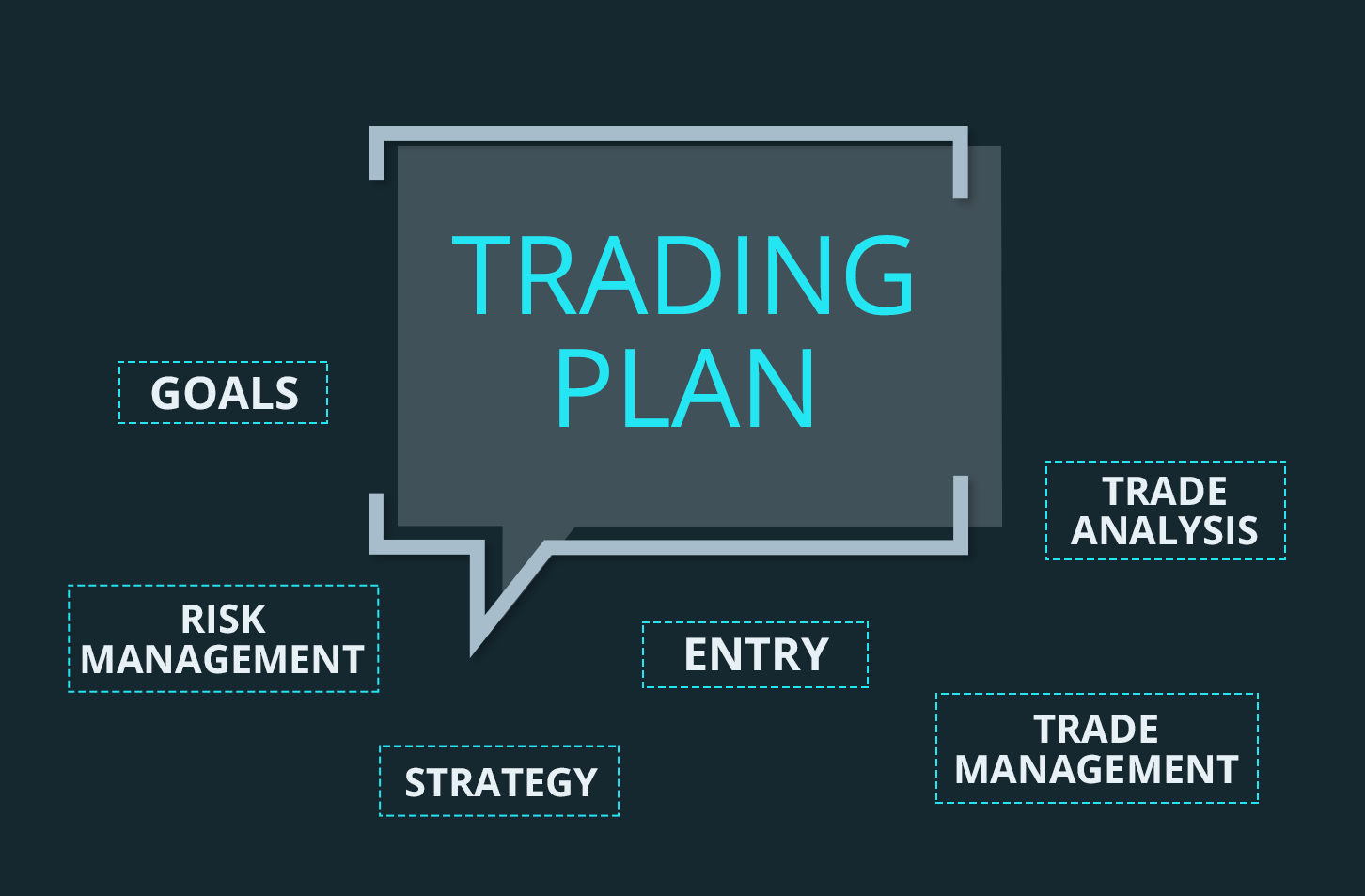Introduction
As a trader, everyone goes through the urge (multiple times) of improving themselves and more importantly, to improve the trading idea/strategy/mechanical system they trade.
Conventionally speaking, new traders and some experienced traders go through these thoughts at least few times in their trading career (however short that maybe 🙂 ) –
1. “I already have a trading system in place but i seem to get attracted towards other systems i see in social media/online”
2. “I went through an elongated time/points drawdown and i think is should change my system to keep drawdown to the minimum”
3. “This quarter was not as good as my previous quarters and i picked up 3 great ideas(based on this year’s market movement – Recency bias in play here) which i would implement from next trading day”
This begets an inevitable question in a trader’s mind – improving(adding/modifying or creating a new one) one’s parameters is good right? But, is it not system jumping? This is an interesting question as system jumping is a topic that flash across every new/experienced trader’s mind sooner or later
Is Improving a system bad?
We all have read somewhere that ‘system jumping’ is bad 100 times from various resources. So, one should never try to better his own system?
1. Typically, when we are bombarded with new ideas/information about trading via social media/books/seminars, 2 schools of thoughts can arise —
A) If we start implementing ideas we see in a public domain/book or elsewhere, does it not amount to system jumping? If not, then what is system jumping?
B) What is wrong in improving my Risk:Reward/win ratio or other parameters (if i can)?
If we look into point A, we will understand that there is no definite answer for this dilemma. The answer lies in the belief we have about trading. As we have heard enough about ‘not jumping like a monkey from 1 tree to another’, we would have ingrained ‘system hopping’ is bad ?
And it is. Our minds habitually want to get away from discomfort/uncertainty. Human beings love certainty and the inherent nature of trading is full of uncertainties. In the pursuit of seeking certainty, folks jump from system 1 to system 2 seeking certainty. It is searching for a cotton candy seller in thunderstorm. Unless we relish the uncertainties that is inherent to trading, this profession would make us regret why did we ever come into it.
With my limited experience in the markets, i can say with a reasonable certainty that a new trader stands absolutely no chance against the deluge of info (promising the ‘holy grail’ system) that flows around everyday. He is bound to look for greener pasture.
I had written a blogpost on ‘Social media and its impact on the mindset of a trader’ sometime ago. Here is the blogpost
2. When we are bombarded with these kind of information, it would be natural to think that the system we have (35% WR with 1:3.5RR) is the reason behind not making money in the markets. Nothing could be further from the truth. Think about it for a second.
If we look at point2, it is actually a valid thought. After all, we constantly endeavor to drive a better car, live in a better house, wear better clothes, eat better food. So, why not having something better than what we already have? Why trading system should be an exception? Great question.
Truth – Sticking to a system is much more difficult than jumping systems
Guess what – here are the real questions –
When do we stop? When we hit 80-90% winning system? or when we start making money?
Traders do system jumping as they strongly believe that ‘poor system’ is the reason for them to not make money in the markets.
a) Please understand that once we start to make money in our system (real money and not backtested excel money), that thought should dissipate slowly. Loitering on other people systems (available online and in forums) does not help the cause as well.
b) When we are in the process of building a system, any idea is worth looking into it. One can get inspired/derive ideas from other’s system – no issues with it. But. it is imperative that we understand the subtle difference between building a system based on a idea and jumping system because your social media hero made crores this year with his system.
c) I also know few traders who keep on testing systems (not to deploy more non-correlated systems for diversity but to jump the existing one – i have a differing thought on diversifying but thats for another day).
d) Unless we live in an isolated environment(without family/friends), this backtesting/improving system idea should stop somewhere (or it would be forcibly stopped by your family/spouse ? ) Trying new ideas forever would definitely rob us of the time we could spend with them.
e) This leads us to the most basic question of all – why did we come into this trading profession?
This is a question that needs to be asked to oneself in frequent interval. It is very easy to get lost in the information overload world we live in.
f) In my opinion, the improvement should happen in the trading size and it should happen in the execution (and not in the existing trading system with a positive expectancy). This thought process is very crucial.
Conclusion
There is not much difference between a system with 50% winrate and a system with 40% winrate (assuming RR/ number of trades are equal and systems have a positive edge/makes money in the long run).
Once we settle down, money management can fill the gap between these two systems nicely and over a period of 10 yrs, both these systems could have given a small fortune to a trader who respects risk. One can learn 100 books about psychology but nothing can beat the experiential learning aspects of handling ourselves when we traverse through the treacherous waters of trading ?
After all, your sub-conscious knows that you, yourself, cannot be trusted after breaking so many plans and giving up on so many goals.
Kindly sit on this thread (content) for a while. This will make lot of sense once we understand the mental framework behind this phenomenon.
Happy trading all !!







